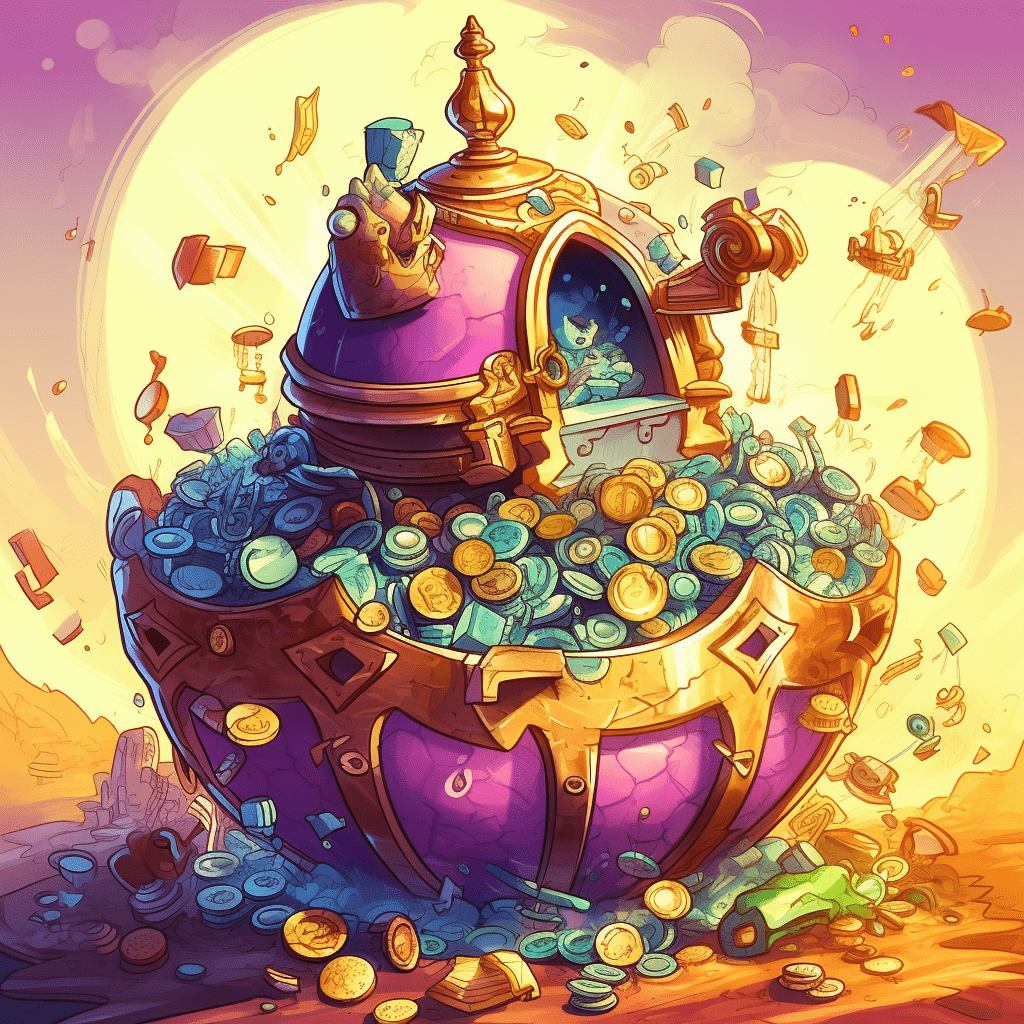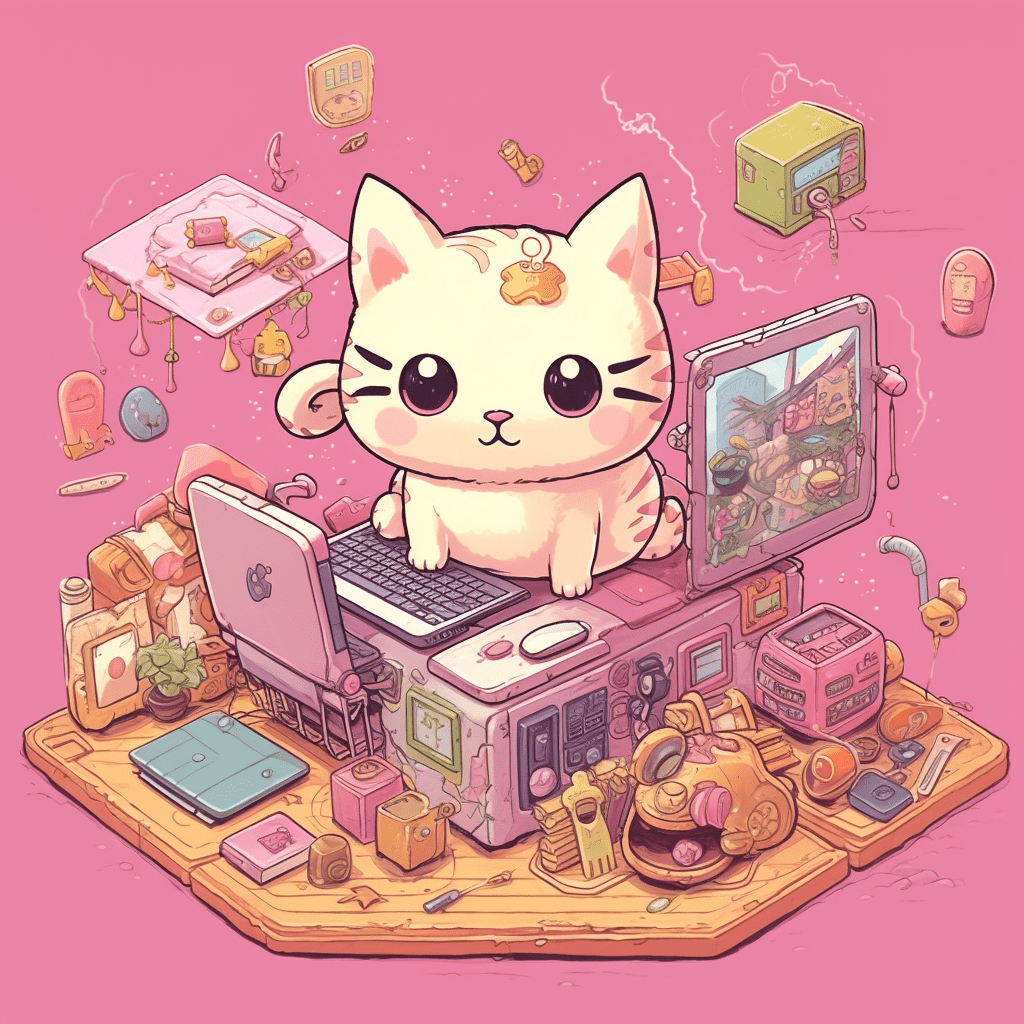Non-fungible tokens (NFTs) have emerged as a powerful tool for artists, creators, and investors alike. They offer a new way to own, trade, and profit from digital assets on the blockchain. However, creating an NFT collection isn’t as simple as snapping your fingers. It involves a series of costs that can vary based on numerous factors. Whether you’re an artist planning to tokenize your work or an entrepreneur looking to venture into the NFT space, understanding these costs is crucial. So, how much does it cost to create an NFT collection? Let’s explore.

Artistic Creation and Digitization
The first cost incurred in the process of creating an NFT collection is the cost of producing the art itself. Whether you’re a digital artist or a traditional one looking to digitize your work, time and effort are the main investments here. For digital artists, the costs might include software subscriptions, while traditional artists may need to account for art supplies and the cost of digitization.
Moreover, if you’re not an artist yourself but an entrepreneur who wants to venture into the NFT space, you might have to hire an artist. Freelance digital artist rates can vary widely based on their experience, reputation, and the complexity of the work you’re requesting.
Minting Costs
Once your artwork is ready, the next step is minting your NFTs. Minting is the process of turning your digital asset into a tradeable, unique token on the blockchain. This step involves the blockchain network’s transaction fees, often referred to as “gas fees.”
Gas fees can fluctuate significantly based on the network congestion and the Ethereum price if you’re using the Ethereum network, which most NFTs do. You can check the current gas fees on websites like Etherscan or ETH Gas Station. However, it’s worth noting that other blockchains like Binance Smart Chain (BSC) or Flow offer alternative platforms for minting NFTs at lower costs.
Platform Fees
Many creators choose to list their NFTs on established platforms like OpenSea, Rarible, or Mintable. These platforms handle a lot of the backend complexities of dealing with NFTs, including connecting buyers and sellers, handling bids, and sometimes even covering gas fees. However, they don’t offer these services for free.
Most platforms charge a listing fee when you first mint your NFTs on their platform, and they take a commission from each sale. These fees vary from platform to platform, so it’s essential to do your research and understand the cost structure of the platform you choose.
Smart Contract Development

A unique aspect of NFTs is their ability to incorporate smart contracts, which can automate actions when certain conditions are met. For instance, you can program royalties into your NFTs, ensuring you receive a percentage of secondary sales.
However, developing and deploying these smart contracts can add to the overall cost. If you have the necessary coding skills, you could create these contracts yourself. But most artists and entrepreneurs will need to hire a blockchain developer, which can be quite costly depending on the complexity of the smart contract. There are also platforms that provide templated smart contracts, which can be a more affordable option, but they offer less customization.
Initial Marketing and Promotion Costs
Getting your NFT collection seen in the crowded market can be a challenge, and this is where marketing and promotion come into play. These costs can vary dramatically depending on your approach. You might choose to hire a public relations agency, invest in social media advertising, or collaborate with influencers in the space to promote your collection.
Alternatively, you can opt for more grassroots marketing strategies, such as engaging directly with potential buyers on social media platforms, NFT forums, and community spaces. While this might save on costs, it requires a considerable time investment.
Legal and Accounting Costs
Another important but often overlooked aspect of creating an NFT collection is legal and accounting costs. Intellectual property rights in the digital space can be complex, and you might need legal advice to ensure you’re adequately protected. Furthermore, given the rapid regulatory changes surrounding NFTs and other crypto-assets, having a legal advisor who understands the space can be invaluable.
On the accounting side, NFT sales can have significant tax implications. Therefore, it’s advisable to have a knowledgeable accountant to help you navigate these issues. The cost of these services will vary based on your specific needs and the professionals you engage with.
Continued Community Engagement

Once your NFT collection is up and running, you’ll need to maintain engagement with your community. This could mean running a Discord server, hosting events, or producing additional content for your token holders. These activities can incur additional costs, both in terms of time and resources.
In Conclusion: It Varies
As you can see, the cost to create an NFT collection can vary significantly based on a multitude of factors. It’s essential to consider all of these aspects and plan your budget accordingly. While the potential rewards can be substantial, it’s crucial to remember that, like any entrepreneurial endeavor, there are risks involved.
Remember, the NFT market is still relatively new and can be volatile. Therefore, it’s essential to do your research, understand the costs involved, and be prepared for the unexpected. The world of NFTs offers exciting opportunities for artists and entrepreneurs, but like any investment, it should be approached with care and caution.
